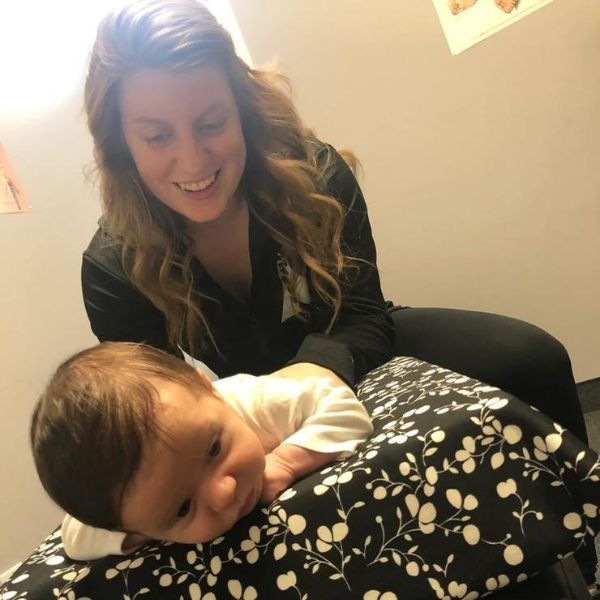Tethered Oral Tissues (TOTs) is more commonly referred to as tongue tie. But other ties such as lip tie and buccal tie are also found inside the mouths of many babies. So, a lot of babies have it, what’s the big deal? Many moms (and dads) notice the first problem while trying to nurse the baby but there are a number of possible other complaints that may show up later in the child’s life that could be due to TOTs.
For simplicity sake we are going to use the term “nursing” for breastfed and bottle fed babies. The first sign of problems is usually with the initial latch during feedings. With a tongue tie, this is likely due to the baby not being able to create a vacuum seal with the back part of the tongue and the roof of the mouth. If the baby has a lip tie, he/she is probably unable to flare the upper lip causing the seal to be weakened. The buccal tie will create a problem with the sucking motion that is needed. This is usually more noticeable in babies that are breastfed, but bottle fed babies need to be able to create the same vacuum in order to feed properly without side effects.
How do I know if my baby has any TOTs? Well your baby was probably checked when he/she was born by your OB/GYN or midwife and the lactation consultant if you are using one. But maybe you were told that your baby doesn’t have a tongue tie and you are having problems nursing and you don’t know why? It is entirely possible that no one has checked for a lip or buccal tie. For example, if your baby has a callous on their upper lip this could indicate a lip tie.
Luckily, correction of TOTs is done regularly! Traditionally, a “clip” is performed to remove the adhesion connecting the two tissues allowing them to move more freely. This procedure can also be done with a laser. Either of these options will require some work at home, with your baby to be sure the tissues aren’t able to re-attach. Talking with your lactation consultant, pediatrician and/or dentist will help you decide which option is best for you and your baby.





